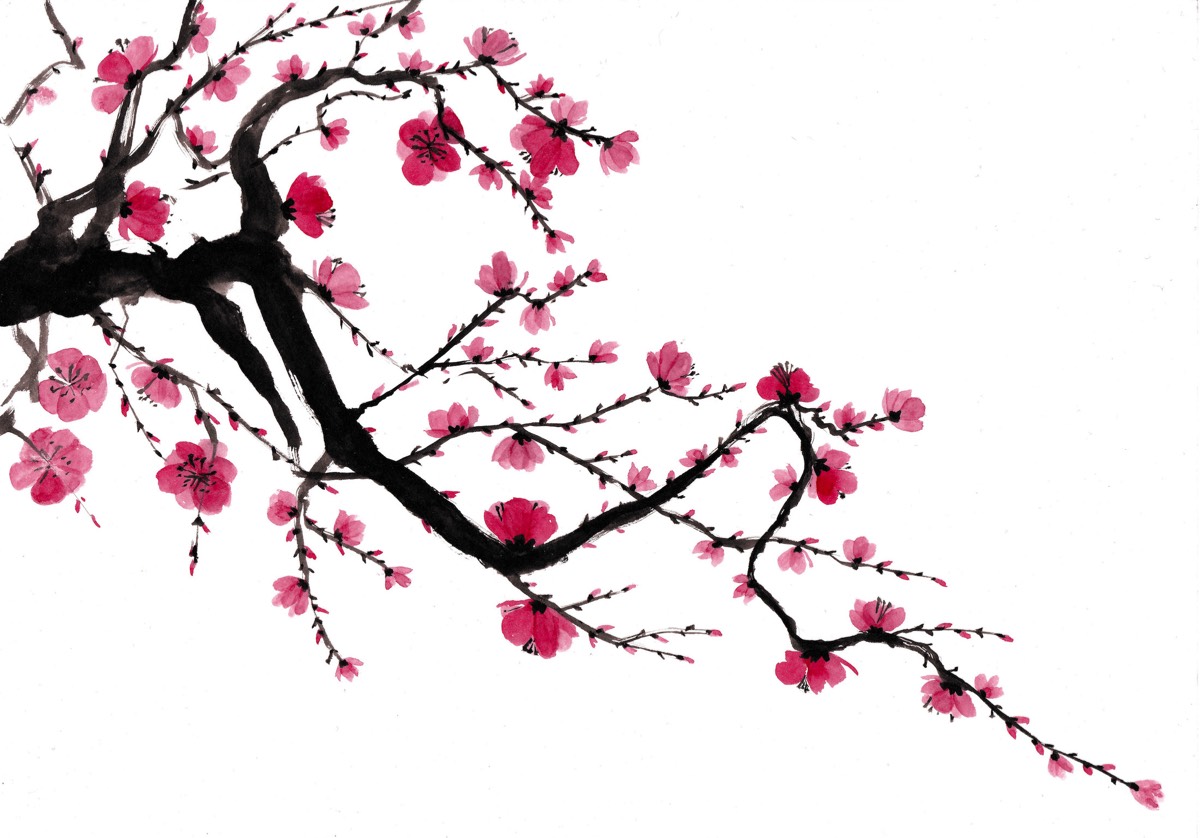THE HIROSHIMA DAUGHTER is set in the 1950s.
It begins where the Oscar-winning motion picture OPPENHEIMER ends, focusing not on the man responsible for the first atomic bomb but on one of its survivors.
ROZ, a crusading journalist, brings MIYOSHI, a young Japanese artist skilled in sumi-e brushpainting who was burned and scarred by the first atomic bomb, to the U.S. for reconstructive and plastic surgery.
Miyoshi becomes a media darling after Roz introduces her to the nation on the popular television program "My Three Wishes", but BROOKS, a former diplomat and Roz’s wartime lover, warns her if Miyoshi puts a face to the consequences of nuclear warfare, Washington could block Roz’s fund-raising efforts to bring over additional young women disfigured by the bomb.
After Miyoshi nearly dies during one of her many surgeries, she is driven to use her final TV appearance to confront America not with gratitude but her bandaged face, threatening Roz's efforts and their relationship.
All the characters in the play ― Roz and Brooks along with Miyoshi's American host parents, her doctor, her African American physical therapist, her questionable "pen pal" Mick, even the hotshot host of "My Three Wishes" ― contribute to Miyoshi's journey, making it as much theirs as it is hers. As it is ours.
A journey that asks how do we go forward without repeating the past?
THE HIROSHIMA DAUGHTER, inspired by a true story, is a probing human drama about good intentions, missed opportunities, and a shared past we cannot forget or repeat …
… exploring how our shared humanity is pushed aside in time of war, only to come back to haunt us when the cannons cease.
It incorporates Miyoshi’s vivid sumi-e brushpainting into the play’s visual storytelling.

THE HIROSHIMA DAUGHTER was developed and workshopped at the Sundance Playwrights Lab and the Asian Theatre Workshop at the Mark Taper Forum in addition to readings and workshops on both coasts. It was first drafted during a residency at Yaddo.
The play is dedicated to
Howard and Marianne Stein.